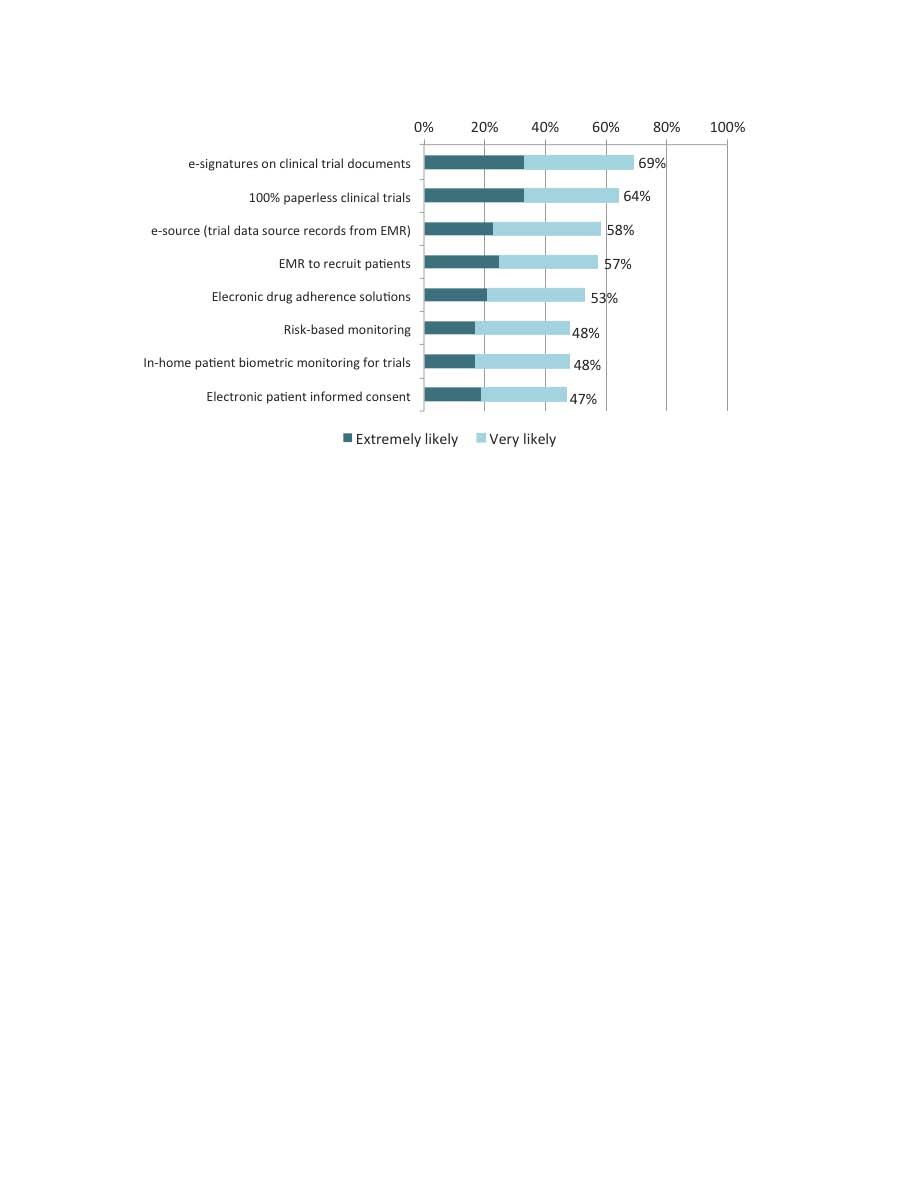DrugDev Survey Finds High Interest in Technology Use at the Site
Globally, 80% of respondents reported that all of their staff had access to a desktop computer for clinical data collection, ranging from a low of 66% in India to a high of 89% in Australia.
DrugDev recently published its latest findings from clinical site investigators in the DIA Global Forum, and also shared highlights with attendees at SCRS Site Solutions Summit. Applied Clinical Trials spoke with Claire Sears, PhD, Director, Investigator Engagement for DrugDev, in more detail about the survey, which highlighted investigators’ access and attitude to clinical trial technology. [see survey methodology at the end of the article]
Sears, told Applied Clinical Trials, that across the world, investigators are willing to use technology to help them conduct trials. Globally, 80% of respondents reported that all of their staff had access to a desktop computer for clinical data collection, ranging from a low of 66% in India to a high of 89% in Australia. When digging down into what technologies were “extremely or very likely to decrease investigator burden,” e-signatures ranked highest in terms of reducing burden, with 100% paperless trials a close second. A close third and fourth involved the use of EMRs as eSource and as a resource from which to recruit patients.
The use of EMRs at the investigational site varied by country, from 21% in South Africa to a high of 67% in the United States. The EMR vendor landscape is extremely fragmented, with only 35% of the respondents selecting from the 33 available pre-set choices. However, as this chart shows, many sites are interested in using EMR-if it were available and provided to them-for a variety of uses.

The top benefits sites chose for using an EMR in the survey was to identify patients and build recruitment. The survey found other benefits varied by country. For example, Argentina rated using an EMR for protocol feasibility at 82% vs. 69% average among other respondent countries. In Brazil, using the EMR for patient recruitment was higher than the average. Respondents in India were more interested in use of EMR across all items queried compared to the overall results, while respondents in Germany were less interested in EMR use. Alerting staff that a patient is already in a clinical trial was rated highest in Australia and France (tied for first). Finally, use of EMR data as supporting documentation for CRFs received the greatest amount of interest among the potential EMR uses in Germany.
EMR and Pharma
For EMR providers, Sears says this data shows a clear path for adoption, if they can get pharma to bring it in. And that would require standardization, which is already a considerable challenge, per the fragmentation numbers shown. “This data shows the level of support for using EMRs in clinical research. But pharma will need to support their end users at the site,” noted Sears. For sponsors to achieve benefits of EMR in clinical trials, Sears suggests that EMR vendors will need to address both the fragmentation and the capabilities. “They would need either to build clinical applicatioons that work across multiple providers or they would need to encourage the EMR vendors to roll out standard clinical trials applications within their own EMR systems.”
Sears noted that in general respondents in countries with less technology experience were more optimistic about its potential use to improve the administrative burden of clinical research. She surmised that maybe bad experiences with early technology solutions have jaded the countries with higher adoption rates.
Methodology
DrugDev surveyed 572 clinical trial investigators from eleven countries (Argentina, Australia, Brazil, Egypt, France, Germany, India, South Africa, Thailand, the UK, and the US) in its global network. An invitation to participate in the 27-question online survey was emailed to approximately 10,800 randomly selected investigators. Respondents answered a series of questions related to their access to current clinical trial technology, and their attitudes towards the development of clinical trial technology and its capacity to decrease administrative burden. The survey was open from February 17 to April 14, 2015.
Improving Relationships and Diversifying the Site Selection Process
April 17th 2025In this episode of the Applied Clinical Trials Podcast, Liz Beatty, co-founder and chief strategy officer, Inato, discusses a number of topics around site engagement including community-based sites, the role of technology in improving site/sponsor relationships, how increased operational costs are impacting the industry, and more.
Behind the Buzz: Why Clinical Research Leaders Flock to SCOPE Summit
February 7th 2025In this episode, we meet with Micah Lieberman, Executive Conference Director for SCOPE Summit (Summit for Clinical Ops Executives) at Cambridge Innovation Institute. We will dive deep into the critical role of collaboration within the clinical research ecosystem. How do we bring together diverse stakeholders—sponsors, CROs, clinical trial tech innovators, suppliers, patients, sites, advocacy organizations, investors, and non-profits—to share best practices in trial design, program planning, innovation, and clinical operations? We’ll explore why it’s vital for thought leaders to step beyond their own organizations and learn from others, exchanging ideas that drive advancements in clinical research. Additionally, we’ll discuss the pivotal role of scientific conferences like SCOPE Summit in fostering these essential connections and collaborations, helping shape the future of clinical trials. Join us as we uncover how collective wisdom and cross-industry partnerships are transforming the landscape of clinical research.